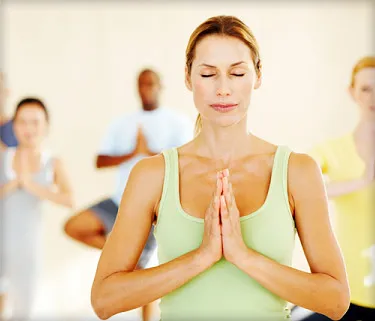A blog about my life battling weight lose and how you can lose weight and keep it off. It might be easier than you think.
Thursday, December 6, 2018
Looking For A Healthier Way To Live?
Tuesday, December 4, 2018
How Many Calories Do I Need ?
This should provide a general guideline for the number of calories your body needs to maintain its current weight. To lose weight, you need to decrease that number by roughly 500-600 calories per day.
Cons: Requires tedious recording and may not be accurate if you aren't specific about measuring and recording your food portions.
The formula is widely recognized by experts as a reasonable estimate for daily caloric need. However, it is only as accurate as the information you provide and the answer is based on general guidelines. Daily activity level, for example, varies widely from person to person and there is no way for a single formula to accurately predict the metabolic impact of your specific activity level.
Cons: Only based on general guidelines and estimates
Cons: Expensive and not widely available and some say that results are not as accurate as advertised.
Saturday, December 1, 2018
Reconsider Yoga
If you've ruled out yoga for physical reasons, it might be time to reconsider.

Tips for Trying Yoga
- Choose a style of yoga that suits you. Not all yoga classes are alike. Some are more vigorous than others; others may emphasize meditation.
- Find a teacher you like. Classes that are billed as "intro" or "beginner" can attract a wide range of skill levels. You can sign up for a private one-on-one session customized to your needs.
- Go at your own pace. You can modify yoga poses using blocks, straps, and other tools so that you don't overstretch. Ask your instructor for help and for modifications that suit your needs.
- Listen to your body. If you're forcing yourself into a position that's painful, that's a signal to stop.
- Don't compare yourself to others. It's not about being as flexible as everyone else -- or as the people you see in yoga magazines who have been practicing for years. And always remember, there's room for you, too.
Thursday, November 29, 2018
My Belly Fat Won't Budge
Tuesday, November 27, 2018
Reverse Middle-Age Weight Gain
1. Eat More Protein
2. Tame Your Stress
3. Don’t Skimp on Sleep
Sunday, November 25, 2018
Is Sitting The New Smoking?
Now studies show that 8 hours of sitting, which applies mainly to office workers, is just as bad as smoking, and to go a step farther, if you're not exercising that also is just as bad for your health as smoking is.
Look for my podcast by searching “How Bad Do You Want To Lose Weight” on the podcast app that you use. You’ll see a piece of my book cover.
If you really want to lose your body fat look for my e-books at the websites listed below. You'll get information on Healthy eating, exercise, and diet. Instead of spending hours on the internet reading dozens of posts, you can save time by picking up one of my e-books.
There are two e-books. “How Bad Do You Want To Lose Weight?” is available at all the online bookstores selling for $3.99. Go to any of the websites below and search the title to find my e-book. This book gives you all you need to lose weight without spending money on gym memberships, diet plans, or meal plans. Look for my book. at Amazon.com, bn.com, iBooks, Kobo.com, Scribd.com, or Gardner Books in the U.K.
My new e-book is available on Smashwords.com and other online bookstores. Just type “getting to a Healthy Weight” in the search box at the top of the home page.
Friday, November 23, 2018
What My Website is all about
Well, some consider it a grain and some don't. Either way, it's definitely in the grain/rice/cereal family, and that's a family I enjoy eating.
Even better news is that quinoa (pronounced Keen-Wah) is actually a pretty good source of protein when compared to most grains, packing in 8 grams per cup.
Even better news is that quinoa is the only grain that contains complete protein, each gram containing all 26 amino acids.
Even BETTER news is that quinoa is extremely low glycemic coming in at an extraordinarily low 35 on the scale while offering a generous 5 grams of fiber per cup.
Do you now how AMAZING quinoa is?
It's the grain of all grains. You can mix it with beans, you can eat it by itself, you can mix it in "salads", serve it alongside steak, chicken, or fish...you can pretty much do whatever you want with it anytime you need a quality, low glycemic, high fiber, protein-packed carb source.
When you're trying to lose weight and lose fat, it's important to maximize your protein. Try and eat protein at every meal, yes even breakfast. As you lose weight you want to avoid losing muscle mass and that's not easy. But eating lots of protein will help you to maintain your muscles. The challenge is to avoid red meat. Red meat has protein but also has animal fat and too much animal fat will cause you to gain fat, not lose it. Fish and poultry has protein but most of your protein should come from plant protein. If you can get about 80 gms. a day of protein, you won't get hungry. Protein at every meal will keep you feeling full.







